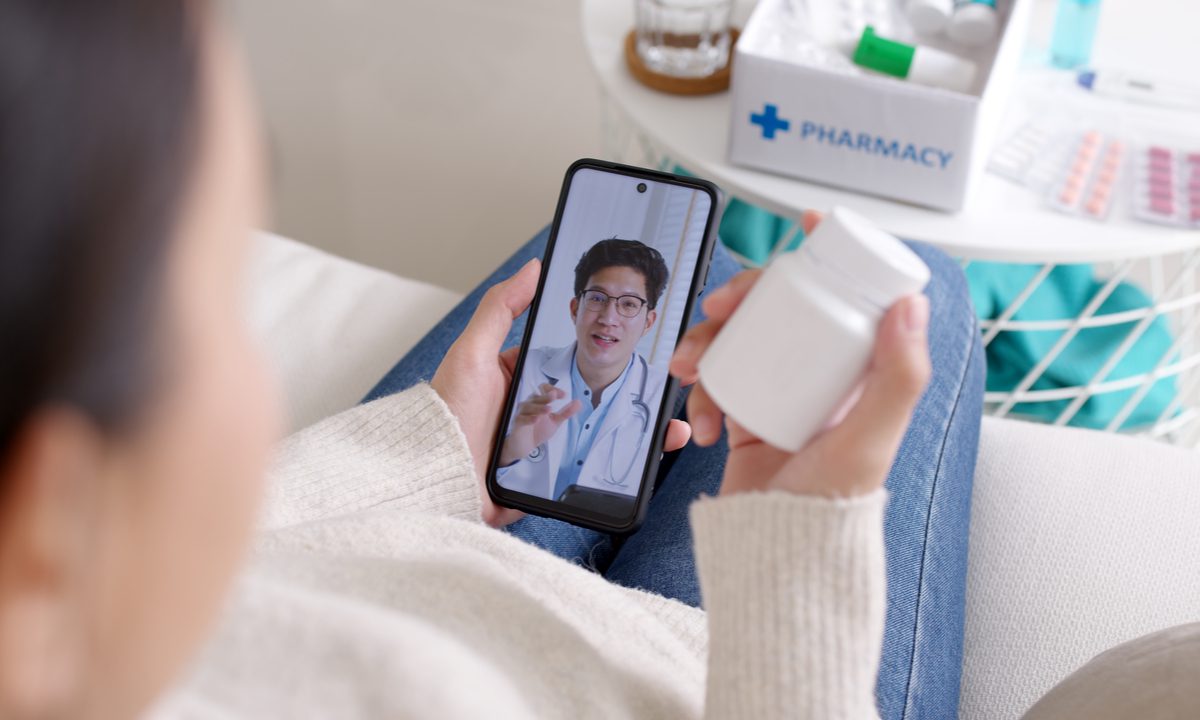
Voice is projecting itself deeper into how we monitor health and receive care, as various types of voice technology are vying for the spot in the chorus of treatment modalities.
The latest evidence comes from telehealth platform Teladoc, which announced its new integration with Amazon Alexa for “voice-activated general medical virtual care.”
In a press release, Teladoc Health Chief Product Officer Donna Boyer said, “Teladoc Health’s collaboration with Amazon is yet another step in breaking down barriers to healthcare access. By introducing and integrating our virtual first care experience with Echo devices, we are providing an innovative and convenient way for users to connect with a doctor. We are meeting consumers where they are, to continue to deliver value and high-quality care to members.”
See also: Teladoc Health Launches Amazon Collaboration
The new Alexa skill enables users to say, “Alexa, I want to talk to a doctor.” An Echo smart speaker will then contact a Teladoc physician who calls the user back.
Voice is where more research and development is being focused on clinical settings, as voice recognition technology improves to the point that doctor’s feel safe using it to dispense care.
It was already ramping up before COVID, but much has changed in the last two years.
As industry site Voicebot.ai reported in January, “Interest in using voice assistants for healthcare services was already high in 2019 with over 50% of consumers expressing interest. That interest climbed marginally to 56% in 2021 and shows that demand for voice assistant-enabled services still significantly outstrips the availability offered by healthcare providers.”
Related: Voice Takes its Place as Digital Front Door to Better Patient Experience
While voice is a new way for patients and clinicians to connect in-home, voice has other massive implications for use inside medical settings, as ambient and conversational artificial intelligences (AIs) listen to doctor-patient discussions, take dictation and even analyze comments to inform treatment.
Providers are hearing the message and moving as quickly as tech and budgets will allow.
As Healthcare IT News reported, “Users of the leading voice-recognition tools acknowledge that the technology delivers better caregiver productivity. However, they also point out that ambient artificial intelligence, or the underlying assumption about software that can make sense of a conversation and provide clinical decision support in real-time, is still very nascent.”
Microsoft’s acquisition of Nuance Communications in 2021 is by far the biggest indication to date of how the computing world wants to take voice from nascent to necessary in healthcare.
Read more: The Why Behind Microsoft’s $19 Billion Nuance Buy
At the time of that acquisition, Microsoft CEO Satya Nadella said in a statement that, “Nuance provides the AI layer at the healthcare point of delivery and is a pioneer in the real-world application of enterprise AI. AI is technology’s most important priority, and healthcare is its most urgent application.
“Together, with our partner ecosystem, we will put advanced AI solutions into the hands of professionals everywhere to drive better decision-making and create more meaningful connections.”
As PYMNTS reported in November, Dr. Simon Wallace, chief clinical information officer at Nuance Heath, said, “Using your voice is a more natural and efficient way to capture the complete patient story. It can also speed up navigation in the EPR system, helping to avoid multiple clicks and scrolling. The entire care team can benefit — not just in acute hospitals, but across primary and community care and mental health services.”
See also: Healthcare’s Use of Voice Tech Seen as ‘Game Changer’ for Diagnostics, Patient Experience